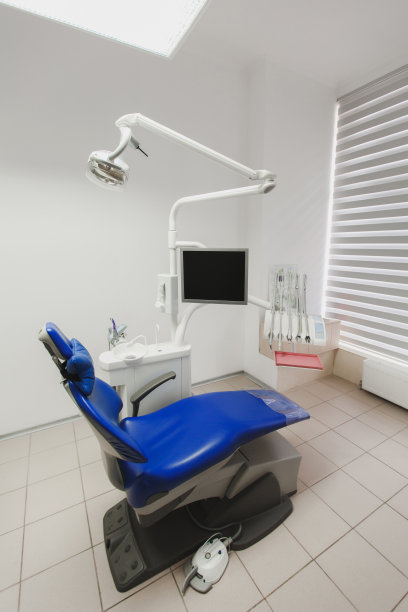Essential Pre-Procedure Guidelines to Ensure Safe and Effective Root Canal Treatment for Patients Seeking Dental Care
Summary: This article provides a comprehensive overview of the essential pre-procedure guidelines to ensure safe and effective root canal treatment for patients seeking dental care. It highlights four key areas: patient assessment and medical history, the importance of effective communication, the role of proper imaging and diagnosis, and the necessity of setting realistic expectations. Each section delves into the specific strategies and considerations that dental practitioners should keep in mind to enhance patient safety and treatment efficacy. By adhering to these guidelines, both practitioners and patients can foster a smoother, more reassuring dental experience, ultimately leading to better treatment outcomes.
1. Patient Assessment and Medical History

A thorough patient assessment is foundational to ensuring safe and effective root canal treatment. Practitioners should conduct a comprehensive review of the patient’s medical history, as pre-existing conditions can influence treatment. Conditions such as diabetes, heart disease, or any immune disorders may necessitate special precautions or modifications in treatment protocols.
Additionally, understanding the patients dental history, including previous treatments and reactions to anesthesia, plays a critical role. This information helps in preparing for potential complications during the procedure. For instance, patients with a history of prolonged bleeding may require additional support or a modified approach.
Lastly, an updated medication list is crucial. Some medications can affect bleeding, healing, or drug interactions during treatment. Knowing all the prescribed medications and supplements the patient is taking leads to informed decisions during the treatment process, enhancing patient safety.
2. Importance of Effective Communication
Effective communication between the dentist and patient lays the groundwork for successful treatment. Before any procedure, its essential to educate patients about the root canal process, including the treatment steps and expected outcomes. A well-informed patient is more likely to experience reduced anxiety and have a positive outlook.
Moreover, providing a platform for patients to express their concerns or fears is vital. By actively listening, practitioners can address specific worries, creating a more comfortable atmosphere. This rapport builds trust, fostering a cooperative environment during the procedure.
Documentation of these communications is equally important. By maintaining detailed records of patient discussions, dentists can refer back to patient concerns, preferences, and treatment agreements, ensuring consistency in care and aligned expectations.
3. Role of Proper Imaging and Diagnosis
Accurate imaging and diagnosis are critical in facilitating safe and effective root canal treatment. Practitioners should employ modern imaging technologies such as digital radiography and cone-beam computed tomography (CBCT) to gain a comprehensive view of the tooths anatomy and surrounding structures. These advanced imaging modalities assist in identifying complexities such as additional canals and anatomical variations.
Furthermore, imaging helps in assessing the extent of infection or damage surrounding the tooth before the procedure. With this information, dentists can craft tailored treatment plans that address the specific needs of each patient, ultimately improving success rates.
Coupled with thorough imaging, a proper diagnosis lays the foundation for successful interventions. Practitioners must differentiate between different types of dental pain and identify any underlying conditions that could impact treatment, ensuring a more precise and customized approach.
4. Necessity of Setting Realistic Expectations
Setting realistic expectations for patients is an often overlooked yet essential aspect of root canal treatment. Dentists should clearly articulate what the procedure entails, including possible discomfort and the duration of recovery, to prepare the patients adequately. By providing a genuine understanding of what to expect, practitioners can alleviate unnecessary anxiety.
It is equally important to discuss the potential outcomes following treatment. Patients should be informed about the likelihood of success, including chances of post-treatment pain or the need for retreatment in some cases. Transparency creates a cooperative relationship and allows patients to make informed decisions about their dental care.
Finally, incorporating a follow-up plan strengthens the patient’s confidence. Knowing that they will be monitored post-treatment allows patients to feel secure about addressing any complications, thus promoting a smoother recovery process.
Summary:
In conclusion, the essential pre-procedure guidelines for root canal treatment encompass a detailed patient assessment, effective communication, accurate imaging and diagnosis, and reasonable expectation setting. When these components are adequately addressed, the overall experience for the patient is enhanced, leading to more efficient and satisfactory treatment outcomes. A proactive approach to these essential guidelines creates a safe and reassuring environment, which is vital in dental care.
This article is compiled by Vickong Dental and the content is for reference only



